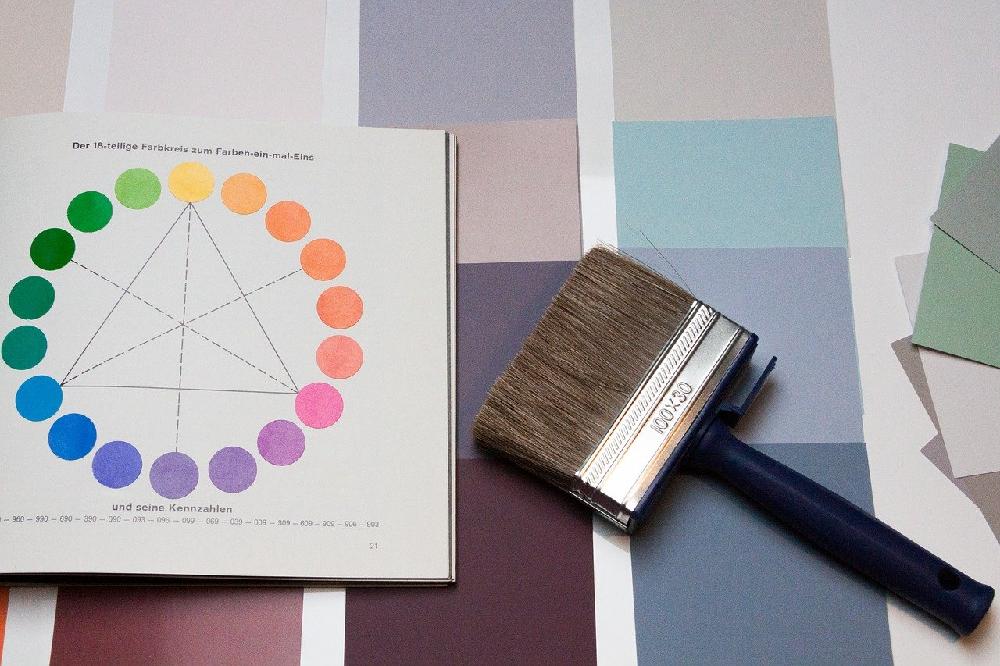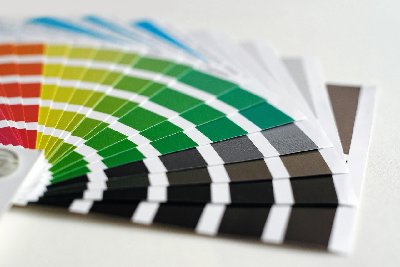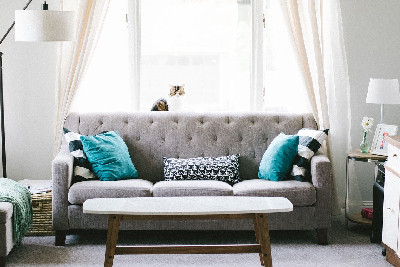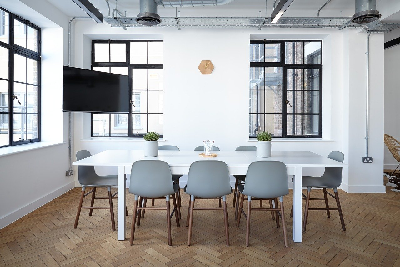Painting the room can be a great adventure. However, if you are determined to achieve a long-lasting effect, good preparation is crucial. In our article, you will find a handful of tips that will make the whole process easier and more effective!
There is no simple recipe for a stunning effect of painting works - a lot depends on the state of the walls, tools, and the quality of the products. However, all successful painting projects have a common point - a plan.
As a company with years of experience in the industry, we can confirm - planning is crucial to the final effect! Carrying out expertise before heading to works can help you adjust the appropriate methods and resources. It is also good to prepare for the following phases already at the start. We recommend passing this task to the professionals - but if you decide to try yourself in painting, here are some tips that you may find helpful!
First, let us focus on colours. Their appropriate selection is crucial, but it is not that easy as it seems at first glance.
#1 Choose the right shade
If you are adjusting the colour to already existing interiors - with furniture and accessories - you should choose the shades really carefully. Within the spectrum of one colour, you may find warm and cold shades that require a different setting. We recommend using the colour wheel to find the complementary shades for the ones you already have included in your interiors. This way, you will be able to keep the colour harmony.
#2 Don't trust colour charts
It is not uncommon for the clients of the DIY shops to come back with complaints after painting their walls with the purchased colour. Sometimes, it turns out to be really different than expected. Coffee can have a shade of milk chocolate instead, and red clay can look like burning red, just to name a few examples.
That is why, instead of comparing the colour charts, it is better to take few testers home and try it on your wall. Make sure to check it in various settings - in shade and sunlight, in daylight, and in an artificial one. This way, you will know how the specific colour looks in any conditions and decide whether you are ok with it.
When you have that one and only colour (or a few of them), it is time for wall preparation. Skipping this step may result in imperfections that are difficult to correct later. It may also affect the level of adhesion. As a result, the effect will be less durable.
#3 Fill the walls
Any cracks and deficits that affect the smoothness of the surface should be filled with an appropriate product. There are already mixed fillers available on the market that you can apply by yourself, using a scraper or a blade. Remember to wait for it to dry for at least 3 hours before heading to the next steps.
#4 Sand the walls
After the wall is perfectly filled, you can make it smoother with sandpaper. The best is to buy few variants of different grammages, starting with the thickest and finishing with the finest ones.

#5 Vaccum around
Sanding can make the walls a little dirty with the powder. Make sure to remove it with the vacuum before starting to paint - otherwise, the adhesion level can be affected. At this point, you should have your wall ready for painting. But before doing so, take care of covering all the spaces with the protective layers. Use the masking tape where necessary to keep the lines perfectly straight.
Now, let us get into the final steps. How to paint the walls in an effective manner?
#6 Work in the right direction
There is only one correct - all the way down from the ceiling to the floor. This way, you will achieve the best effect.
#7 Use the primer
It will prepare the surface for the proper paint, increasing the adhesion and consolidating the effect. The primer also allows avoiding the changes of colour.
#8 Put at least two layers of paint
Two or three layers are an optimal number to achieve beautiful colour and cover the surface thoroughly. There is no need to put more - the effect may be contrary to what you intended. Sticking to these rules, you can prepare yourself for each stage of the painting process. If you are feeling that there is too much to take care of, we will be glad to do it for you!






